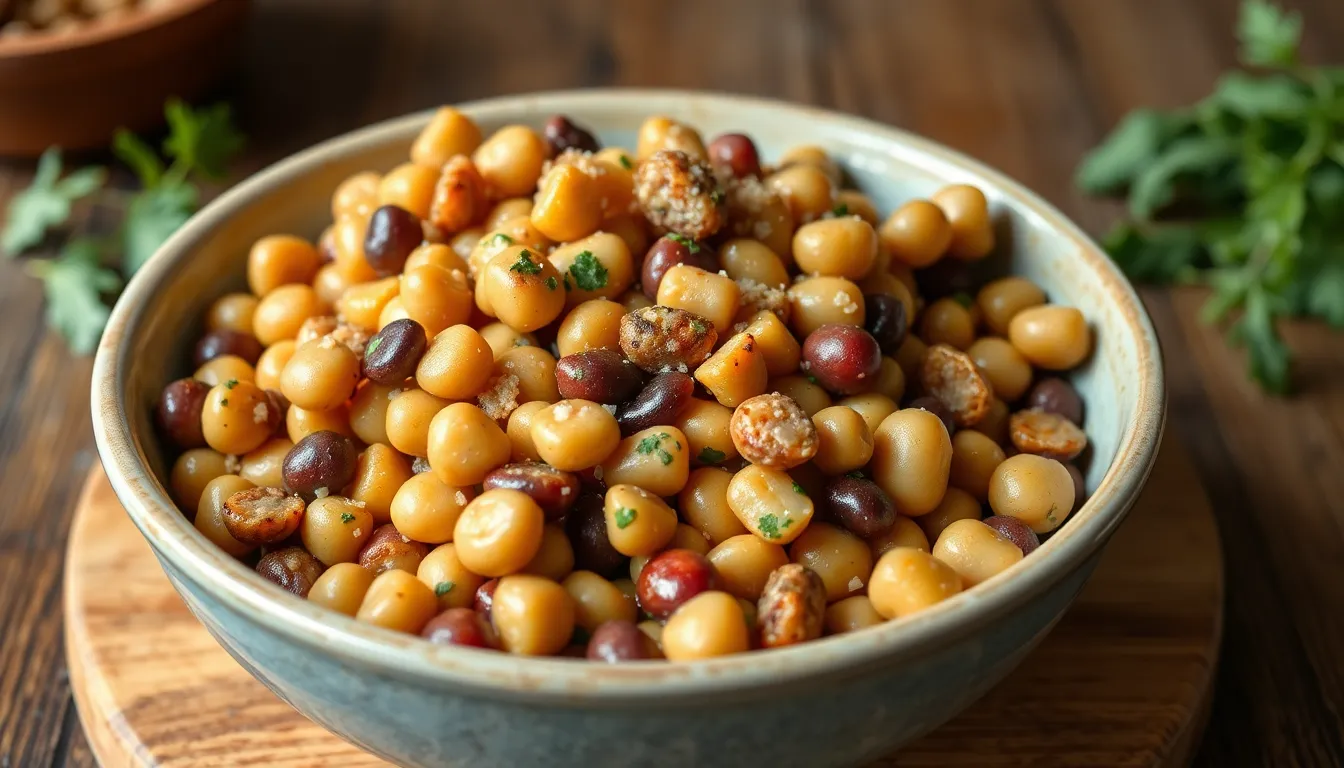How to Make Seed Butter: Delicious Spreads for Your Toast
Seed butter has garnered popularity as a healthy alternative to traditional nut butters, making it a staple for those seeking nutritious spreads. Whether you are allergic to nuts or simply want to incorporate more seeds into your diet, seed butter offers a wealth of options. From sunflower seeds to pumpkin seeds and sesame seeds, the variety is endless. Not only are these butters rich in flavor, but they also provide numerous health benefits, making them an excellent addition to your meals.
Section 1: Choosing Your Seeds
When it comes to making seed butter, the type of seeds you choose plays a crucial role in flavor, texture, and nutritional value. Here’s a breakdown of some popular seeds and their health benefits:
| Seed Type | Protein (g) | Healthy Fats (g) | Fiber (g) | Vitamins & Minerals |
|---|---|---|---|---|
| Sunflower Seeds | 6 | 14 | 2.4 | Vitamin E, Magnesium |
| Pumpkin Seeds | 7 | 13 | 1.1 | Zinc, Iron |
| Sesame Seeds | 5 | 9 | 1.1 | Calcium, Magnesium |
Each type of seed has its unique flavor profile and health benefits:
- Sunflower Seeds: Rich in vitamin E, they help in protecting skin cells and are great for heart health.
- Pumpkin Seeds: Known for their high zinc content, they support immune function and overall health.
- Sesame Seeds: A great source of calcium, they contribute to bone health and help regulate blood pressure.
Section 2: Equipment You’ll Need
Making seed butter at home requires minimal equipment. Here’s what you’ll need:
- Food Processor or high-powered blender: Essential for achieving a creamy consistency.
- Spatula: Useful for scraping down the sides of your blender or processor.
- Airtight Container: For storing your homemade seed butter.
- Optional: Roasting pan if you decide to toast your seeds for enhanced flavor.
Section 3: Making Your Seed Butter
Step-by-Step Instructions
1. Preparation
Start by measuring out your desired amount of seeds. If you choose to toast them for added flavor, preheat your oven to 350°F (175°C). Spread the seeds evenly on the roasting pan and toast for about 10-15 minutes, stirring occasionally to ensure even roasting. Let them cool before blending.
2. Blending
Transfer the cooled seeds to your food processor or blender. Begin blending, stopping occasionally to scrape down the sides. This helps incorporate the seeds evenly. As the seeds break down, they will start to release their natural oils and create a paste. If the mixture appears too dry, you can add a little neutral oil (like sunflower or coconut oil) to help achieve a smoother consistency.
3. Flavoring Options
Once your seed butter reaches a creamy texture, it’s time to flavor it! Here are some suggestions:
- Honey: Adds natural sweetness.
- Vanilla Extract: A great flavor enhancer.
- Salt: Balances sweetness and enhances overall flavor.
- Cocoa Powder: For a chocolatey twist.
- Spices: Consider adding cinnamon, nutmeg, or cardamom for a warm flavor.
Tips for the Best Texture
To achieve your desired texture, consider the following:
- If you prefer a smoother seed butter, blend for a longer time.
- For a chunky seed butter, blend only until the seeds start breaking down, then stop and fold in some larger pieces.
- If your seed butter is too dry, try adding a teaspoon of oil or a small amount of water, blending again until you reach the desired consistency.
- If it’s too oily, add more seeds and blend until smooth.
Section 4: Creative Ways to Use Seed Butter
Seed butter is incredibly versatile and can be incorporated into your meals in various ways. Here are some delicious ideas:
- Spreading on Toast: Top your toast with seed butter and add fruits like bananas, berries, or drizzles of honey for extra sweetness.
- In Smoothies: Blend seed butter into your smoothies for a protein boost and rich flavor.
- Oatmeal: Stir a spoonful of seed butter into your morning oatmeal for added creaminess and flavor.
- As a Dip: Use it as a dip for sliced fruits and vegetables.
- Baking: Substitute seed butter in recipes that call for nut butter, adding a unique twist to cookies and bars.
Section 5: Storage and Shelf Life
To maintain the freshness of your seed butter, follow these storage tips:
- Store your seed butter in an airtight container in the refrigerator to prolong its shelf life.
- Generally, homemade seed butter can last for about 2-3 weeks in the fridge.
- Always check for signs of spoilage, such as a rancid smell or off-taste.
Conclusion
Seed butter is not only a delicious alternative to nut butter, but it also offers an array of health benefits, making it a fantastic addition to your diet. With countless seed options and flavor combinations, the possibilities are endless. Experiment with different seeds and add-ins to create your perfect blend!
Now that you know how to make your own seed butter, why not try it out? Share your seed butter creations with us, and don’t hesitate to experiment with different flavors and seeds!
Call to Action
We’d love to hear about your favorite seed butter recipes or variations! Please leave a comment below and share your unique twists on this delightful spread. Also, consider subscribing to Spice Storyteller for more healthy recipes and cooking tips!
Additional Resources




